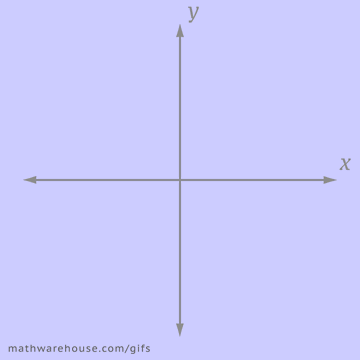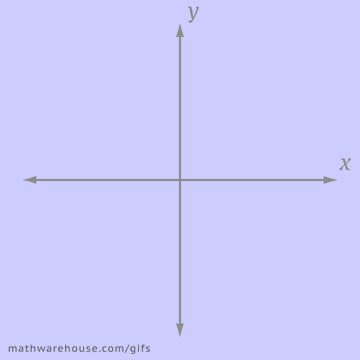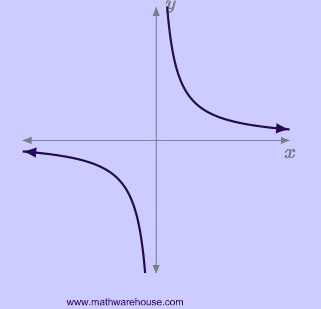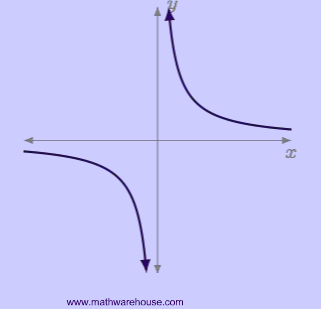When it comes to applications, or word problems, that involve inverse variation you should keep these things in mind.
Example 4
The size of a particular colony of bacteria varies indirectly with temperature. When temperature is held at a constant $$ 30^\circ C $$, the colony contains 4 million bacteria. How many bacteria can survive when the temperature rises to $$ 50^\circ C $$?
Step 1
Define variables.
Since the two quantities being measured in this scenario are bacteria and temperature, let's use
$$ B = $$ number of bacteria, measured in millions. So $$ B = 4 $$ represents 4 million bacteria.
$$ T = $$ temperature, measured in degrees celsius.
Step 2
Use $$ \red{B = 4} $$ and $$ \blue{T = 30} $$ to determine the value of the constant of proportionality, $$ k $$. Then write the updated variation equation.
$$
\begin{align*}
\red{B} & = \frac k {\blue T}\\[6pt]
\red{4} & = \frac k {\blue{30}}\\[6pt]
\red{4}(\blue{30}) & = \frac k {\blue{30}}\cdot \blue{30}\\[6pt]
120 & = \frac k {\cancelred{30}}\cdot\cancelred{30}\\[6pt]
k & = 120
\end{align*}
$$
The updated variation equation is $$ B = \frac{120}{T} $$.
Step 3
Determine the number of bacteria that can survive when the temperature is $$ \blue{50} $$.
$$
B = \frac{120}{\blue{50}} = \frac{12} 5 = 2.4
$$
Answer
$$ 2{,}400{,}000 $$ bacteria can survive at a temperature of $$ 50^\circ C $$.

















